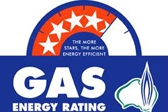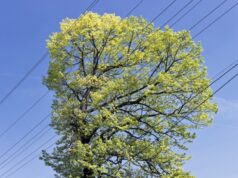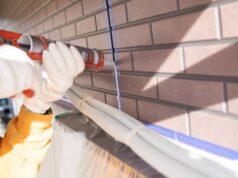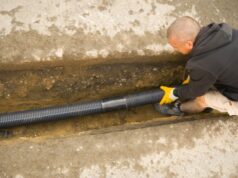
There are special laws and regulations in place in Australia that control to how gas appliances should be chosen, who can install them and who can maintain them. Here’s what you need to know.

What you should know when installing gas
Each state has regulations binding the installation of gas, however there are some basic things you need to understand.
First and foremost, in every State in Australia the inlet connection from the gas main to your gas meter must be carried out by a licensed gas distribution company, in accordance with the Australian Standards and best industry practice. The same applies to the installation of any natural gas appliances and equipment. This work must be carried out by a licensed gasfitter, and must conform to the Australian Standard for Gas Installations (AS 5601).
What not to do with gas appliances
Gas meters and pressure regulators must be properly maintained and protected from damage or interference. The same applies to any appliance. You should never tamper with, bypass or force safety valves and fittings, or force gas control knobs.
Likewise, you should never use outdoor gas appliances indoors (like barbecue and patio heaters) or install portable gas heaters in bedrooms or bathrooms. Doing so exposes you to the risk of carbon monoxide poisoning, which could kill you.
What you should do with gas appliances
Always buy gas appliances that carry the Australian Gas Association (AGA) certification badge (see above); this ensure that your appliances have been properly tested, and constructed to the highest standards.
You should always ensure that you have adequate ventilation, and follow the manufacturer’s instructions when lighting pilot lights or burners on an appliance. Finally, you should always ensure that gas meters, pressure regulators and LP Gas cylinders are accessible – any access doors should be freely accessible (i.e. not be fitted with a lock), in case quick access is required in an emergency.
How to turn your gas off at the meter
If you do have to locate/turn off your gas meter, you will find the isolating valve on the inlet. The meter is usually located at the side or front of your house – turn the valve at the gas meter to the ‘OFF’ position. The valve is off when the handle is at right angles (across) to the gas inlet pipe.
Emergency numbers
In case of a gas leak or gas emergency, call the relevant number below for further advice:
- SA / QLD / NT – 1800 808 526
- NSW – 1800 676 300
- VIC – 13 27 71
- TAS – 180 2111
- ACT – 13 19 09
- WA – 13 13 52




